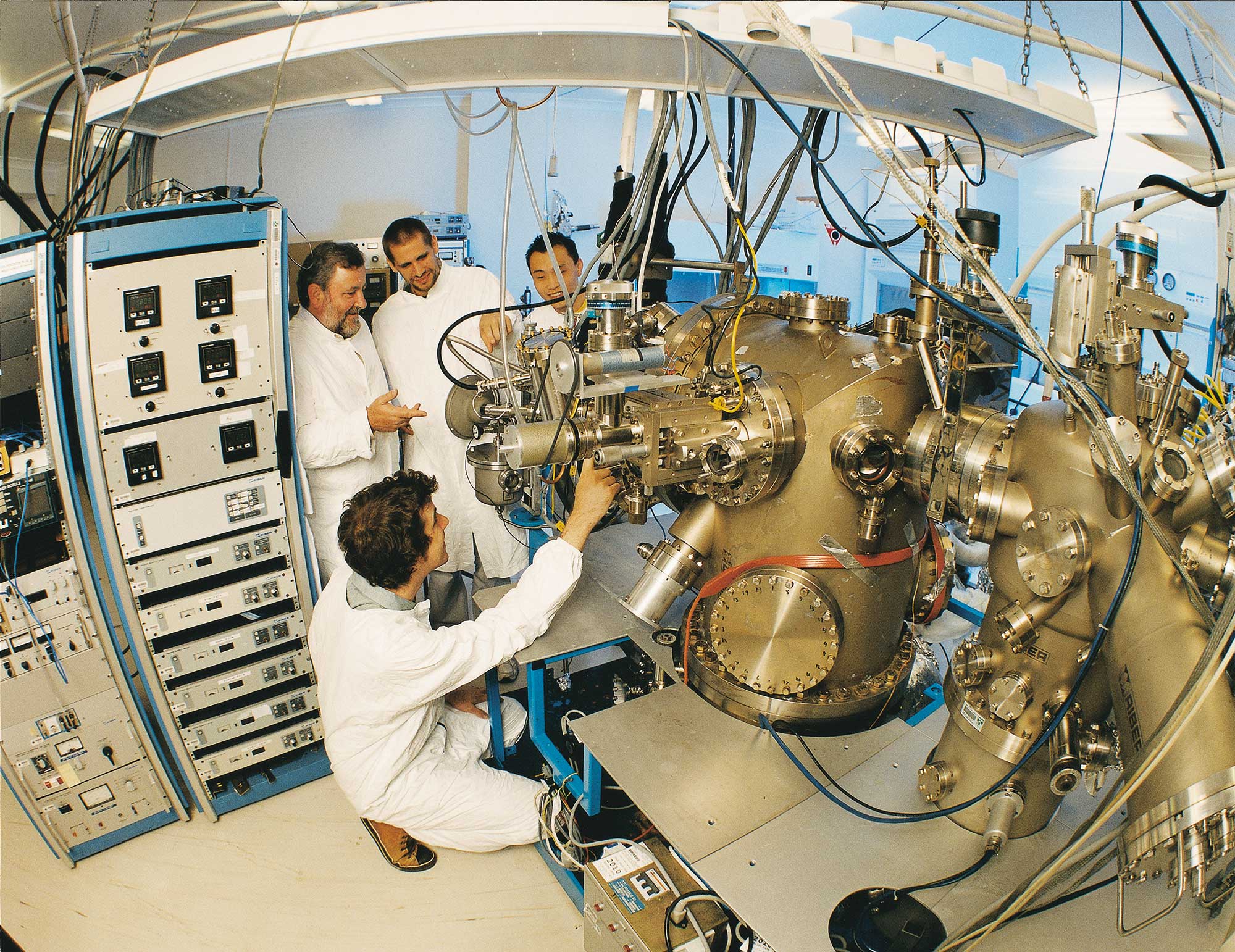
Stylus profilometry is a direct form of profilometry that can be used to characterise the surface steps and the roughness of a material. A stylus profilometer drags a metal tip along the surface of a sample and measuring the distance traced by the stylus tip and its deflection along the vertical axis to register slight changes in the surface height of a material. This measurement is then converted into a cross-sectional plot and can be used to resolve steps as small as 10nm. Optical profilometry employs phase-shifting and/or vertical scanning interferometry to resolve the topology of complex 3D structures. The technique marries precision z-axis control with interference based techniques to resolve features from the angstrom to millimetre scale. The technique lends itself well to die-based measurements for ISO/QA and large area mapping.


